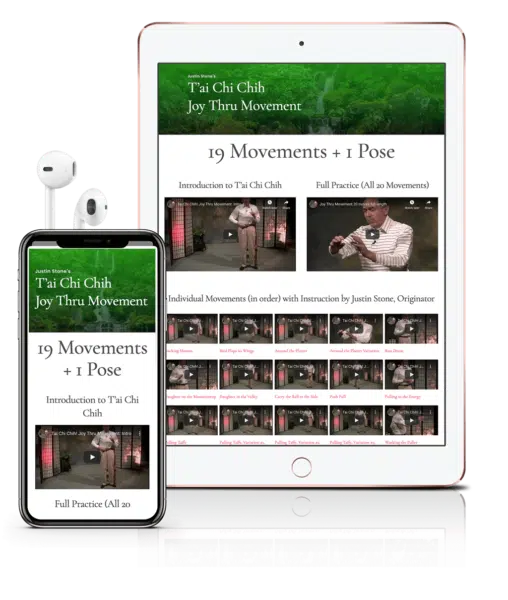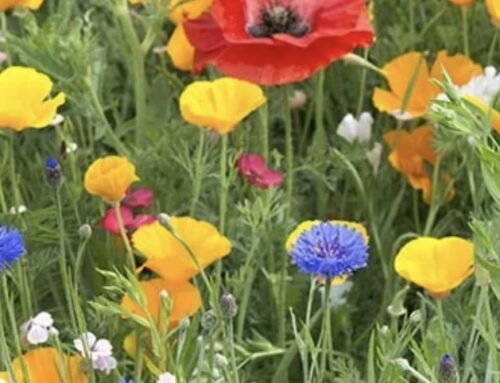Why seated TCC?
T’ai Chi Chih is a mindfulness-moving meditation practice that’s easy to learn. The series of 19 movements and one pose helps circulate the Vital Energy, the Chi. Practitioners experience peace, improved health, and many more benefits. Our free monthly e-newsletter offers inspiration between issues of the TCC quarterly journal, The Vital Force, in which teachers and students tell stories about ways they’ve benefited from the practice.
“May I be properly grateful.’” – Justin F. Stone, TCC Originator
~ ~ ~ ~ ~ ~ ~ ~
From the May issue of The Vital Force:
Joy: “While I’ve been teaching TCC on Zoom during the pandemic a student, Angela, was quite the inspiration as she prepared for and recovered from knee surgery. Her situation offered me a great opportunity to teach other students chair TCC as well and to have Angela present as an experienced practitioner who shared her insights. She said, ‘I’ve used seated TCC for three months while recovering from knee replacement surgery, am gradually getting stronger, and am now standing for some of the movements. The seated practice is a great alternative that makes me feel more centered and leaves me with sense of joy and accomplishment.” – JR, Portland, Oregon
~ ~ ~ ~ ~ ~ ~ ~
Editor’s Note: Read more about TCC teachers’ experiences with seated TCC
in the May issue of The Vital Force.
~ ~ ~ ~ ~ ~ ~ ~
Relief: “A senior housing setting incorporates into its weekly group practice a seated TCC demo person, Margie. She’s an advanced student of many years who’s followed carefully by other participants in wheelchairs and walkers. The seated specialist leads the Push-Pull movement, affording students a more diverse instruction. Wayne, who uses a wheelchair, rarely misses a practice and says, ‘I watch and follow this lady as she moves in tandem with the teacher. It seems as if we’re all moving together, seated or standing.’ Maggie reminds us that this format can help improve upper body strength and relieve physical stress and symptoms of arthritis.” – JS, Beaverton, Oregon
~ ~ ~ ~ ~ ~ ~ ~
Ease: “I haven’t always loved seated TCC but that changed three years ago when I struggled for a whole summer with a painful condition on three toes of my right foot. That’s when I understood the real value of seated practice. Among the reasons: (1) One need not have a mobility issue to be unable to walk. Lower-extremity injuries sometimes just happen, often with no warning. (2) It’s helpful for teachers to know how to teach seated and standing students at the same time. It just makes you a better teacher, right? (3) Sometimes it’s easier for students to connect their arm gestures in the movements with their tan t’ien when seated.” – JL, Claymont, Delaware
~ ~ ~ ~ ~ ~ ~ ~
“Gratitude: To live each day with some contemplation, and to try to feel gratitude for the really countless blessings we take for granted, will lead us to treat others as we wish to be treated…. May I be properly grateful for this food, which is the result of the work of others and the suffering of other forms of life. Thank you, thank you, thank you.” – Justin F. Stone
~ ~ ~ ~ ~ ~ ~ ~
Where in the World have you been doing T’ai Chi Chih? Share your images for our gallery.
Want more inspiration? Want a connection with the global TCC community? Want tips for a better practice? Join us:
Subscribe to The Vital Force. Our quarterly journal offers engaging stories, hints, and insights from TCC teachers and students. We also highlight wisdom by, and photos rarely seen of, originator Justin Stone.
Looking for classes?
See our featured teachers.
See teachers offering Zoom and Facebook Live classes.
See Justin’s streaming instructional videos.







